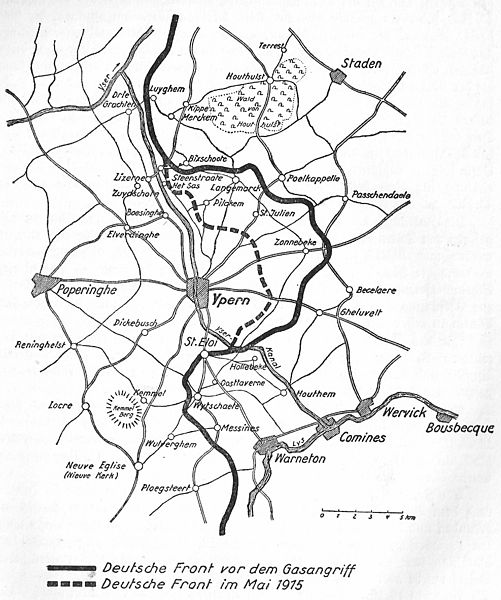Herbert Plumer, 1st Viscount Plumer
Field Marshal Herbert Charles Onslow Plumer, 1st Viscount Plumer, was a senior British Army officer of the First World War. After commanding V Corps at the Second Battle of Ypres in April 1915, he took command of the Second Army in May 1915 and in June 1917 won an overwhelming victory over the German Army at the Battle of Messines, which started with the simultaneous explosion of a series of mines placed by the Royal Engineers' tunnelling companies beneath German lines, which created 19 large craters and was described as the loudest explosion in human history. He later served as Commander-in-Chief of the British Army of the Rhine and then as Governor of Malta before becoming High Commissioner of the British Mandate for Palestine in 1925 and retiring in 1928.
Portrait by Alexander Bassano, 1899
Wartime sketch of General Plumer
Sir Douglas Haig with his army commanders and their chiefs of staff, November 1918. Front row, left to right: Sir Herbert Plumer, Sir Douglas Haig, Sir Henry Rawlinson. Middle row, left to right: Sir Julian Byng, Sir William Birdwood, Sir Henry Horne. Back row, left to right: Sir Herbert Lawrence, Sir Charles Kavanagh, Brudenell White, Jocelyn Percy, Louis Vaughan, Archibald Montgomery-Massingberd, Hastings Anderson.
Alessio Ascalesi, the Archbishop of Naples, with Herbert Plumer, 1st Viscount Plumer, and Luigi Barlassina, the Latin Patriarch of Jerusalem, on the right, 11 August 1926
During the First World War, the Second Battle of Ypres was fought from 22 April – 25 May 1915 for control of the tactically important high ground to the east and south of the Flemish town of Ypres in western Belgium. The First Battle of Ypres had been fought the previous autumn. The Second Battle of Ypres was the first mass use by Germany of poison gas on the Western Front.
German diagram showing the new front line after the 2nd Battle of Ypres
The First German Gas Attack at Ypres by William Roberts depicting the German gas attack on French and Canadian soldiers
George Nasmith, the head of the field laboratory for the Canadian Expeditionary Force, advised a Canadian field ambulance officer to pass the order to use urine to counteract the gas.
Night photograph of German barrage on Allied trenches at Ypres (probably the Second Battle of Ypres)








